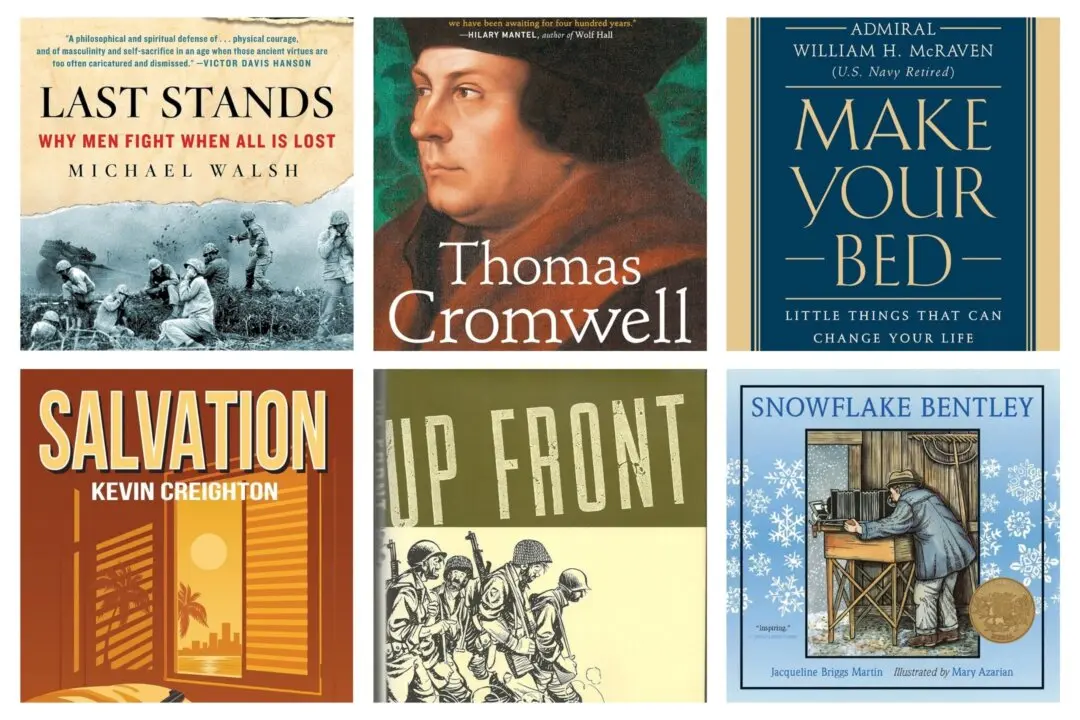Not long before his 20th birthday, in January 1943, Luciano “Louis” Charles Graziano received an official letter in the mail from the U.S. government. He had been drafted into the U.S. Army. He was the youngest of his New York Sicilian family—a family composed of hairstylists and beauticians. After having to drop out of school after the eighth grade to help the family of seven, Mr. Graziano eventually joined the family occupation. But now the hairdresser would have to put away the comb and scissors and pick up a rifle.
He would spend months training at numerous camps, starting with Fort Hood in Texas, then back to New York at Camp Shanks, and then finally Fort Dix in New Jersey. Mr. Graziano would join thousands of troops aboard the Queen Mary to cross the Atlantic to reach England. The ship almost didn’t arrive for two reasons.






